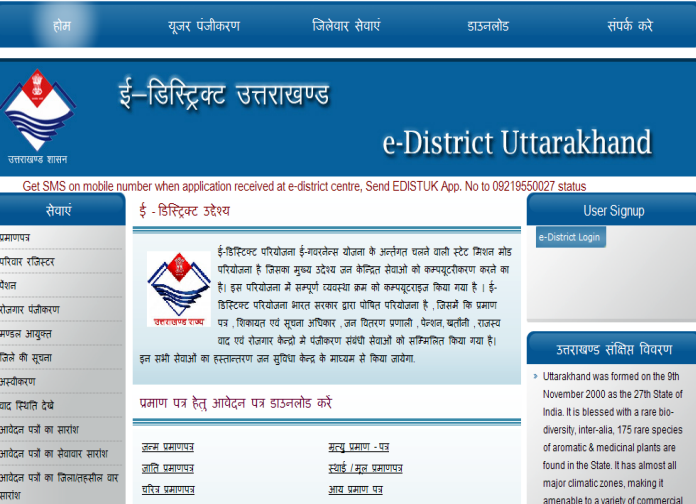windfall tax
A windfall tax is a higher tax imposed on specific industries when they make unusual and above-average profits. The term “windfall” refers to an unexpected rise in profits, and the tax on windfall gains is known as the windfall tax. A windfall tax is a higher tax levied by the government on specific industries when they experience unexpected and above-average profits. As the name suggests, “windfall” refers to a dramatic and unanticipated increase in profits. On the other hand, “tax” implies an imposition levied on this dramatic income growth. The government imposes this tax when they notice a sudden rise in an industry’s revenue. For instance, the recent Russia-Ukraine war benefitted oil and gas industries with a sudden rise in their profit. So, the government imposed a windfall tax on these industries. These profits cannot be attributed to something the company was actively involved in, like its business expansion or strategy. Hence, when industries experience massive growth in their income due to external incidents that they are not responsible for, a Windfall Tax is levied on their earnings. The sudden increase in profits is not linked to any strategy or expansion the business is involved in. Rather, it is related to a one-off external event for which the business is not responsible. A recent example is the sudden rise in the profits of oil and gas industries due to the Russia-Ukraine conflict. What Is a Windfall Tax? A windfall tax is a tax levied by governments against certain industries when economic conditions allow those industries to experience significantly above-average profits. Windfall taxes are primarily levied on companies in the targeted industry that have benefited the most from the economic windfall, most often commodity-based businesses. Windfall tax came into being in the 1970s with the intent to tax the profit of companies generating huge revenue due to an unprecedented event. However, this tax system has been debated since its initiation. The recent windfall tax on crude oil this year is making headlines. However, looking into a dramatic rise in their yearly profit, Government needs to levy a windfall tax on their income. What is the Purpose of Windfall Tax? The primary reason why the government imposes windfall gains tax is to capture a portion of unexpected windfalls or profits for businesses. This ensures that the gains are shared fairly within the society instead of benefiting a few. Apart from being a redistributive tool, windfall profits tax discourages businesses from taking undue advantage of unexpected gains in the future. Who is Liable to Pay Windfall Tax? Windfall tax is levied on industries or businesses that make disproportionate profits during unexpected situations like commodity shortages, wars, pandemics, changes in government policy, etc. The most common industries that fall target to windfall gains tax include oil, gas, and mining. The tax is levied when these industries are seen to be making high profits from resources that are owned by the entire society. In some countries, the telecommunications industry may also be subject to windfall tax. This happens when the industry is granted exclusive licences that result in unanticipated profits. In addition to this, individuals earning profits or windfalls through inheritance or lotteries are also liable to pay windfall tax in India. Windfall Tax Impact on Crude Oil, ONGC & Oil Companies in India crude oil prices soared high due to the prevailing war conditions in Russia and Ukraine. Resultantly, the oil companies in India made extraordinary profits marking all-time high net gains during the fiscal year 2022. GAIL, Oil India, and ONGC are among the highest revenue collectors. The windfall tax on crude oil production and export products was estimated to generate a revenue of Rs.65,600 crore and Rs.52,700 crore, respectively. Besides, Rs.23,250 windfall tax was imposed per tonne of domestic crude oil sales. However, this tax was brought down and revised, given the oil prices in the international market came down by mid-July. Furthermore, the government revised it again on 2 August 2022, and this time they reduced and increased the taxes on different fields. Finally, on 19 August 2022, diesel export taxes increased by Rs.7 per litre. Tax on ATF was brought back to Rs.2 per litre. However, the government reduced the tax on domestic crude oil to Rs.13,330 per tonne. The imposed taxes were once again revised and increased on 31 August 2022. The tax rates are revised fortnightly based on oil price fluctuations. On April 4, 2023, India cut the windfall tax on petroleum crude to zero from Rs 3,500 per tonne previously. The levy on crude was hiked to Rs 6,400 per tonne on April 19, 2023. Advantages and Disadvantages of The Windfall Tax Advantages of Windfall Tax A major advantage of windfall tax is increased revenue for the government. This additional revenue can be used to overcome losses from economic downturns and increase investment in public services and infrastructure. The windfall taxes can contribute to the overall economic well-being of the country. The tax ensures the fair distribution of profits arising from unusual situations, fostering sustainable economic growth in the long run. Proponents believe that windfall taxes also help regulate and stabilise prices by curbing excessive profits. So, consumers may also benefit from windfall taxes due to the reduced prices of commodities that face a shortage. Disadvantages of Windfall Tax A major disadvantage of windfall profits tax is reduced profits for businesses. In addition to this, the tax can limit innovation, according to some experts. This is because companies may invest less in innovation and take fewer risks if they feel the government may levy heavy taxes on their excess income. Businesses may also pass the burden of windfall gains tax to consumers to maintain their profit margins. This drives up the cost for consumers. Windfall tax can also repel investors, which reduces future investments in a sector. As a result, the overall economic growth may slow down. How is Windfall Tax Calculated? The government considers the excess profits generated over a period to determine the windfall









